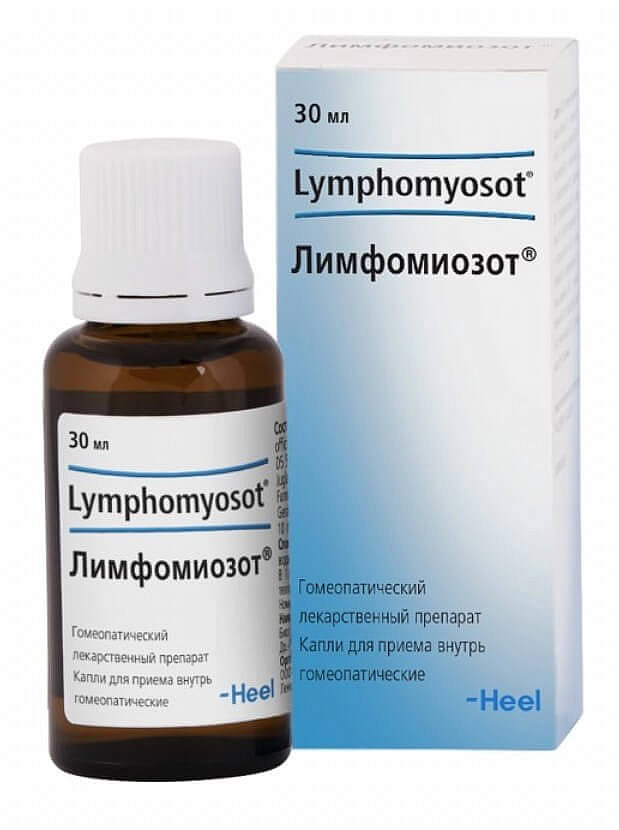Where are the lymph nodes in humans and what are they for?

Lymph nodes on the human body are only a small part of the immune system.
They have a large number of important functions. The human body is a complex self-regulating mechanism that actively interacts with the environment. For example, the skin and most of the mucous membranes of humans daily meet with bacteria, viruses, protozoa and fungi, while maintaining the consistency of the composition and functions of the body.
This is achieved by the effective work of the immune system, which finds and destroys all foreign to the body microbes. Sometimes the lymph enlarge and become inflamed, making people pay attention.
The human body is saturated with lymphatic vessels, which carry lymph, a fluid formed in tissues, away from various organs. During lymphatic drainage, pathogenic agents can be transferred from peripheral tissues. Lymph become inflamed when foreign material enters them and are recognized by lymphocytes.
Lymph undergo basic recognition of foreign antigens and activate adaptive immune responses. It should be noted that only activation of memory B cells is initiated in this process, leading to the production of antibodies specific to the particular infectious pathogen.
The organs of the immune system are:
Timus;
Spleen
Lymph and accumulation of lymphoid tissue
Regardless of where the nodes are located, they consist of renal organs from collections of white blood cells (predominantly B and T cells) that are 0.3 to 2 cm long. nodes on the human body occur along the lymphatic vascular pathway toward the thoracic and right lymphatic ducts, often near the neurovascular bundles.
Each region in the human body has its own regional nodes. It is in their direction that lymph drains from specific organs or tissues. Often, the location on the body of nodes allows them to be palpated. It does not matter where the lymph are - in any case, they serve as natural antimicrobial filters.
For example, if you know where regional nodes in a person's neck are located, their size and other parameters can suggest the presence of chronic inflammatory processes in the initial sections of the upper respiratory tract and oropharynx, which is often used in practice.
Which nodes on an adult’s body should be noted
In most cases, lymph on the human body can tell about some pathological processes occurring in the human body. If a lymph node in the neck or another area of the person's body is inflamed, doctors evaluate the following:

by node shape, size, consistency, and asymmetry If the skin has changed over a lymph node or there is separation from surrounding tissues.
nodes on the human body, which are in contact with surrounding tissues, should be of greatest concern because they may indicate the possibility of cancer.
If a nodule on the neck changes, its location is assessed, and the primary abnormality is located. If cervical lymph nodes are greatly enlarged on both sides and the patient has no other complaints, disorders such as tuberculosis, infectious mononucleosis, toxoplasmosis, sarcoidosis, and systemic blood diseases should be ruled out.
Supraclavicular lymph node enlargement is always abnormal in humans. Enlarged supraclavicular nodes on the right suggest problems with the lungs, mediastinum, or esophagus. Changes in left supraclavicular lymph may indicate problems with these organs but may also be one of the first signs of stomach cancer, ovarian cancer in women, testicular cancer in men, and kidney cancer. Thus, left supraclavicular nodes require specialist consultation if signs develop.
In women, great attention is paid to the nodes in the armpit. This is because about seventy-five percent of the lymph from the chest passes through them. Therefore, if a woman has an inflamed lymph node under her arm, she should see a specialist as soon as possible.
How to correctly determine the location of the lymph nodes in the neck

Even if you do not know where the lymph nodes on the person's neck are located, they will be difficult to find, despite their relatively superficial location in this area. If lymph nodes enlarge, the problem disappears because subcutaneous fat in the neck is weak. Deep cervical lymph nodes, which border the cellular spaces in the neck, are more difficult to find.
Examination of the lymph nodes in the neck may be guided by the line and angle of the mandible, hyoid bone, sternocleidomastoid muscle, and supraclavicular fossa. Tilt the head forward to better identify lymph nodes located on the front or side of the neck. This procedure reduces the tension of the subcutaneous fascia and simplifies palpation of the subcutaneous structures.
Lymphomyosot

